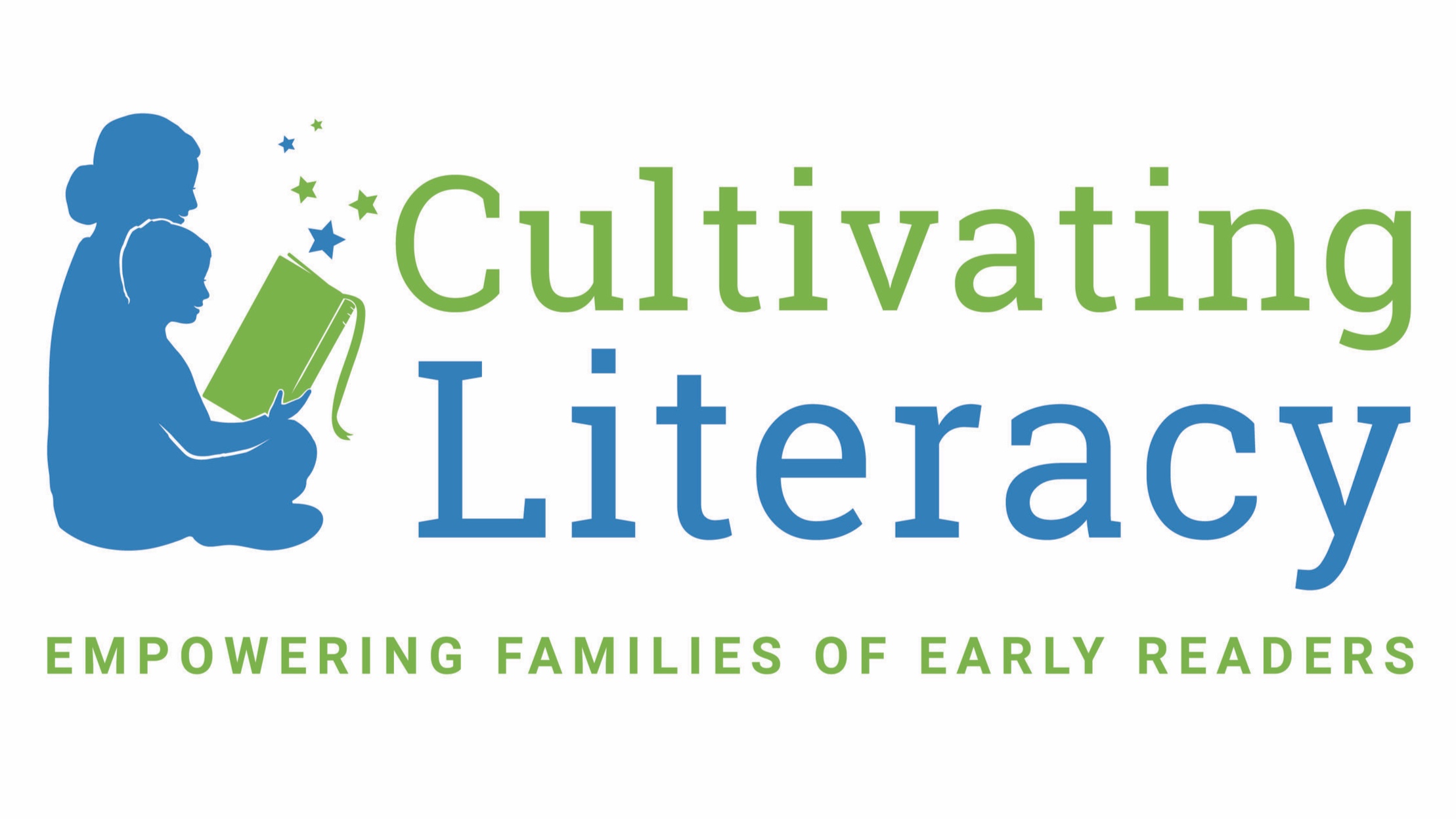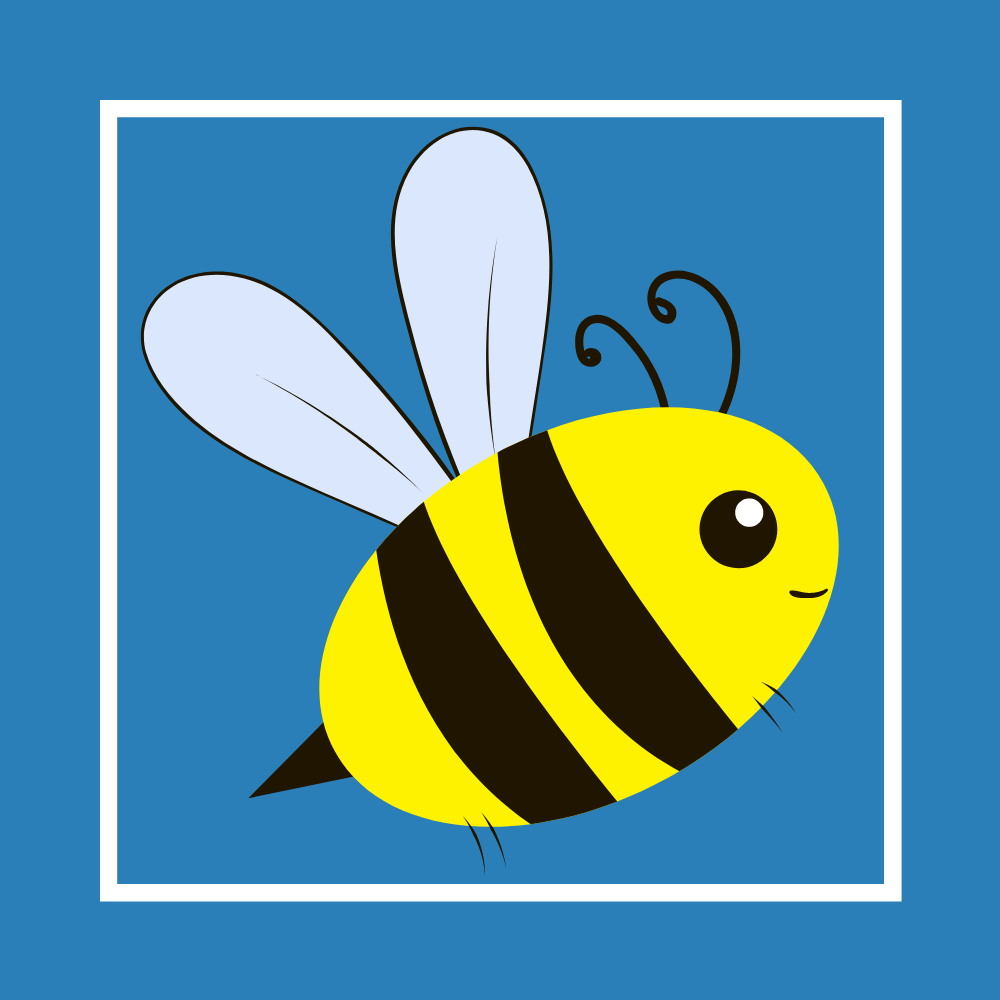Blending and Segmenting
Blending is the process of combining sounds together to create a word. For example, the word cat is made up of three sounds /c/-/a/-/t/ together these sounds produce the spoken word cat. Segmenting is the process of breaking a word down into its individual sounds. For example the word cat is made up of three sounds. You can break it down into its three sounds /c/-/a/-/t/. These sounds are referred to as phonemes, which are individual sounds. For example, the word cat is made up of 3 phonemes.
Foundational Skills
Both blending and segmenting are important reading and writing foundations. To read or decode a word, the reader must determine the letter(s) individual sound (phoneme) and blend these sounds together to read a word (Reading Rockets). To spell a word, an individual must break the word down into its sounds and then determine the letter(s) associated with the sound(s).
What makes blending and segmenting important?
Blending and segmenting are phonological awareness skills, which is the process of understanding that words are made up sounds and that those sounds work together to create words (Reading Rockets). Phonological awareness should be taught explicitly and is oftentimes a predictor of reading success. To learn how to read and spell, children must learn that words and language are made up of sounds and that those sounds are paired with letters that also match the sounds in speech (Adams, 1998 p. 1-2). Blending and segmenting are only a part of phonological awareness and there are many more skills that come before learning how to blend and segment such as recognizing and creating the spoken rhymes and blending and segmenting syllables (Reading Rockets). This blog focuses on the skills blending and segmenting.
Teaching your child to blend and segment sounds
Blending individual sounds (phonemes) together is a skill that children learn through modeling, guidance, and practice. When teaching a child how to blend, start with sounds and ask the child to blend the sounds together to create a word. Begin by using simple words with two to three sounds. For example, the individual sounds /c/-/a/-/t/ are blended together to create the spoken word cat. When engaging the child in blending practice, include a brief pause in between sounds so that the child understands that these individual sounds create a word. Here is an example video explaining the concept. When first teaching the child how to blend sounds, start with words that only have two to three sounds. Wait to progress to words with 4 sounds until you see that the child is consistently and confidently blending words with three sounds. There is no need to rush; you may find that this skill takes time and the child benefits from further guidance and practice. Physical representation can also help your child better understand how sounds blend together to create a spoken word. Consider using blocks, Legos, counters, or game pieces to represent the individual sounds (phonemes) and blending them together (Adams, 1998 p.71).
When teaching the child how to segment, begin by modeling how words are made up of individual sounds (phonemes) and that these sounds can be broken apart. As mentioned with blending, use simple words with two to three sounds to get started. Model how spoken words are made up of sounds. For example, the word cat is made up of three sounds, /c/-/a/-/t/. When engaging the child in segmenting practice, provide a brief pause between each sound so that the child understands these are individual sounds. Consider using the pound-tap-pound strategy as a way to show the child how a word can be separated into sounds. Watch a video modeling this strategy by clicking this link. If the child finds this to be somewhat difficult, continue to provide guidance and practice to help the child learn this skill. Using physical representation such as your fingers, blocks, counters, and Legos to show the child how words can be broken apart into their individual sounds (Adams, 1998 p.71). Continue this practice using simple words with only two to three sounds until you see that the child is confidently and consistently segmenting words with two to three sounds. Then, consider including words with 4 sounds.
ways to practice blending and segmenting with your child
Implementing blending and segmenting practice can become a part of your reading or reading instruction routine. Exercises that last only a few minutes can help the child create a strong foundation in blending and segmenting. Blending exercises can consist of an adult asking the child to blend sounds to create words. For example, you might say, “What word is made up of these sounds, /m/-/a/-/p/?” (repeat 2xs) The child would respond by blending the sounds together to create the spoken word, map. You can repeat this exercise by continuing to provide words with three sounds. It can be helpful for you to think of words that rhyme so that you can continue to come up with practice.
When practicing segmenting, use the pound-tap-pound strategy (as referred to above) to guide the child in segmenting a spoken word into its sounds. Before asking the child to segment a word, it can be very helpful to first model how to segment several words. For example, you might say,”I am going to break the word map down into its sounds /m/-/a/-/p/ there are three sounds in the word, map.” After modeling a few examples, ask the child to begin practicing. For example, you might say, “Now it's your turn to break a word down into its sounds. Can you break the word tap into its sounds?” If the child shows that they need assistance, guide them and utilize the pound-tap-pound strategy to help the child visualize the number of sounds in the word.
Making learning fun
Finger puppet craft that can be used for blending and segmenting.
Incorporating imaginative play can make blending and segmenting engaging! Click the link for a butterfly finger puppet template. The child can create a butterfly finger puppet to help them blend and segment words. After the child has created the finger puppet, begin asking them to blend individual sounds (phonemes) to create words. Tell the child that their butterfly puppet is going to create words. For example, you might say, “Can you and your butterfly create a word from these sounds, /n/-/a/-/p/? (repeat 2xs) Then, the child might respond by pretending their finger puppet is saying the word nap.
This finger puppet can also be used to segment and tap the individual sounds (phonemes) in a word. For example, you might say, “Can you and your butterfly say and tap the sounds in a word that I say aloud? Say and tap the sounds in the word sit.” The child might respond by segmenting the word and tapping the puppet as they say the sounds /s/-/i/-/t/.
Play a guess the word game to engage your child in blending sounds. Lay out picture cards of simple words such as: tree, bee, cat, mat, bell, shell, rake, cake. Explain to the child that you are going to say sounds aloud and that they must put those sounds together to create a word. Explain to the child that after you say the sounds, they must create the word and find the matching card (Reading Rockets). Say, “Okay, I am going to say some sounds aloud and you must blend those sounds together to create a word. Then, see if you can find a picture of that word. Let’s get started. What word is made up of these sounds, /b/-/e/-/l/?” The child might respond by saying, “Bell!” and pointing to the picture of the word.
References
M. J. Adams, B. R. Foorman, I. Lundberg, & Beeler, T. (1998) Phonemic Awareness in Young Children
Blending and Segmenting Games, Reading Rockets. https://www.readingrockets.org/strategies/blending_games
Phonological and Phonemic Awareness, Reading Rockets. https://www.readingrockets.org/teaching/reading-basics/phonemic





